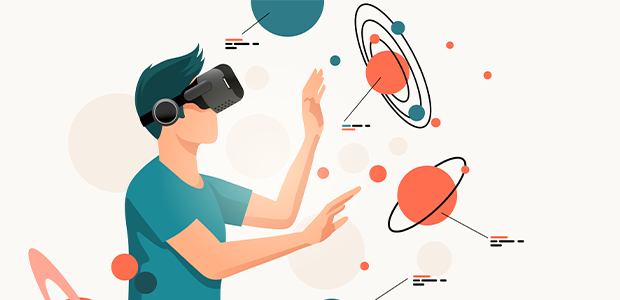
Open Worlds: Opportunities in Web3, Powered by Game Engines
The Internet is changing. (Again). The shift will open up massive opportunities for the early adopters, and for those who come to terms with digital experiences that are more spatial.
Because the change is probably best seen by watching what the kids are doing with their spare time: creating in Fortnite, hanging out with their friends in Roblox, or chasing Pokémon in the local park. These are all 3D/spatial experiences, and they’re changing how we spend time online.
But even though there are 600 million active users in user-generated ‘worlds’, the real opportunities will emerge when those experiences become open and interoperable. Just like the web created massive opportunities (and upheaval) by virtue of being open, the same will happen when 3D experiences are as easy to “browse” as a website.
To get ahead of the coming wave, here are three key concepts it pays to understand:
Game Engines As Opportunity Drivers
They have an unfortunate name. Because game engines do more than enable the creation of games. They’re the software that allows for the development of spatial experiences bridging AR and VR, 3D product demos to full-fledged worlds.
These versatile toolkits, led by Unreal Engine and Unity, have extended their influence into various sectors like architecture, education, and healthcare. By providing the foundation for creating immersive 3D experiences, game engines have become instrumental in shaping the spatial web.
Web3 and Blockchain As Infrastructure
Web3 is often misunderstood as being equivalent to ‘crypto’ or NFTs. But as the new ‘spatial’ era emerges, it’s actually a critical piece of infrastructure that will let users secure their digital assets and identity, and allow them to seamlessly move between worlds.
In the future, you’ll log into a virtual classroom, grab a lunch chat in a 3D garden, and go try on clothes in a virtual mall. Web3 makes it possible for these experiences to be seamless, and to avoid multiple log-ins, lost class notes, or buying a pair of shoes that you can only use in one place!
Interoperability means users and their digital assets can freely navigate different virtual environments and applications. Blockchain technology is the enabler, allowing identities and assets to traverse these digital realms securely.
Whatever is 3D In The Physical World, Will Be Digital
So where are the opportunities? The simplest way to think about it: if has more than 2-dimensions physically, it will have a digital counterpart. And the companies that understand how to make that leap will have a leg-up on opportunities.
For instance, fashion brands can establish a 3D presence, enabling users to express their unique styles in virtual environments. Companies can optimise real-world processes by creating "mirror worlds," already being used to improve factory efficiency through digital simulations. These opportunities span across various industries, including entertainment, education, commerce, and industry.
Conclusion
As we embark on this transformative journey into the spatial web era, powered by game engines and driven by Web3, the opportunities for startups and small businesses are tangible. This new era prioritises authenticity, immersion, and user-driven experiences over traditional web browsing. With interoperability, facilitated by blockchain technology, at the forefront, the possibilities are within reach, offering businesses and individuals the chance to explore and thrive in this dynamic and spatially-driven digital landscape. The future is spatial, and it's time for all of us to seize these practical opportunities.


